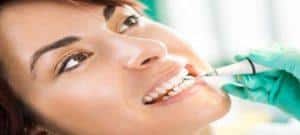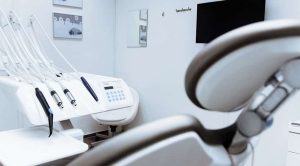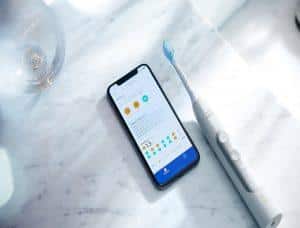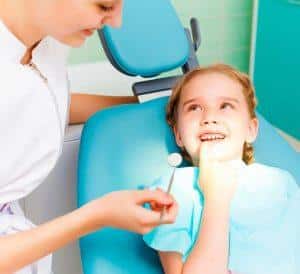Dental cleaning is an important part of your oral hygiene. The purpose is to remove deposits of dental plaque which can cause cavities, gingivitis, and even periodontal disease.
Over time, plaque becomes harder and turns into tarter which is unpleasant and even more difficult to remove. To prevent complications and gum disease, you should visit your dentist and have a professional dental cleaning at least twice a year. This procedure is highly recommended by dental professionals and is one of the best ways to improve your oral health.
Here is what you can expect from a professional dental cleaning
Your Dentist Will Examine Your Mouth
Before your dentist or hygienist can begin a dental cleaning, he or she will examine your mouth to determine if there are any problems that require attention. During this examination, your dentist will carefully look for signs of decay in every tooth. To determine if there are cavities, they will use a small instrument called an explorer to probe the surface of each tooth. Decayed tooth enamel will feel softer than healthy enamel.
Types of Dental Cleanings
There are three main types of dental cleanings: prophylaxis cleaning, scaling and root planing, and gross debridement.
All three methods accomplish the same goal to have cleaner teeth, however, they are performed differently and for distinct reasons. During dental cleaning, it is important to remove bacteria. Excess bacteria can cause tooth decay.
Painless Dental Cleaning
Painless dentistry includes sedatives that help patients relax and stay calm during a dental procedure. This is particularly important for people with a severe gag reflex or a fear of the dentist. Painless dentistry can be divided into two main categories: sedation dentistry and anesthesia. For dental cleaning, sedation dentistry is sufficient.
Following are tips you can use at home to keep your professional dental cleaning fresh and effective.
Remove Plaque and Tartar
Brushing your teeth with fluoride toothpaste twice a day and using an antiseptic mouthwash will help prevent tartar and plaque from forming on the teeth. You can also do some home treatments to remove plaque, such as brushing your teeth twice a day with a small amount of baking soda and water. Brushing with baking soda can help reduce plaque and tartar and is an excellent way to keep teeth clean between professional dental cleanings.
Baking soda serves as an excellent dental cleaning method in three valuable ways.
- First, the powder texture acts as a mild abrasive to scrub away built-up plaque and removes stains.
- Second, baking soda’s alkaline properties neutralize the acidity produced by bacteria that causes plaque and tarter build-up.
- Third, the antibacterial properties of baking soda help reduce bacterial plaques that cause tooth decay and gum disease. Mix a small amount of baking soda with a few drops of water to make a thick paste, wet brush, coat teeth with the paste and leave the paste on your teeth for a minute or two, then, brush gently, and rinse well.
Reduce Demineralization
There are several ways to reduce demineralization. You can drink water and eat foods rich in calcium and fluoride. Adding minerals to your diet is important to keep your teeth healthy. Water rinses after meals also help to remove harmful substances. Avoid sugary drinks like coffee and tea, as these do not help remineralize teeth. Additionally, soda and tea contain sugar, which makes demineralization worse.
Recommendations
A dental cleaning is vital to the overall health of your mouth. It helps you detect small problems before they become big ones. For example, regular dental cleanings can detect a chipped molar, which could lead to infection or a cavity later.
Call Casa Dental today to schedule your dental cleaning appointment.






 REQUEST AN APPOINTMENT
REQUEST AN APPOINTMENT